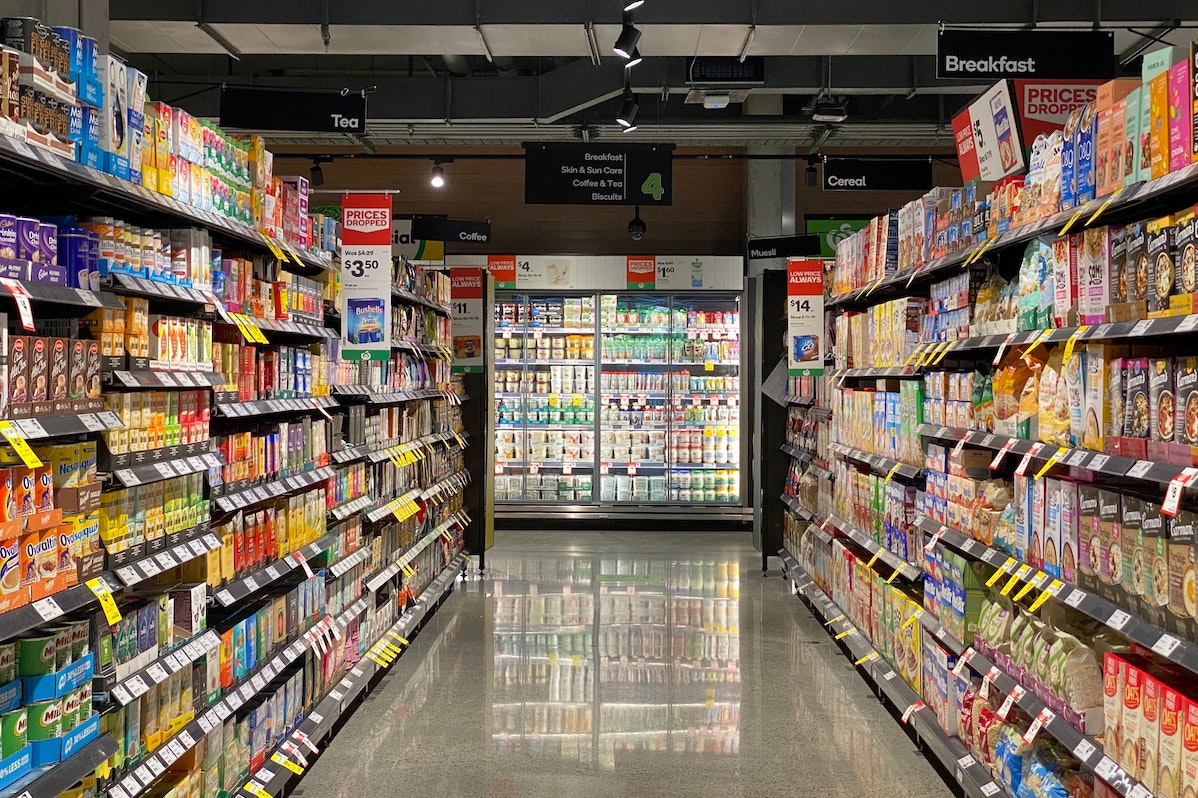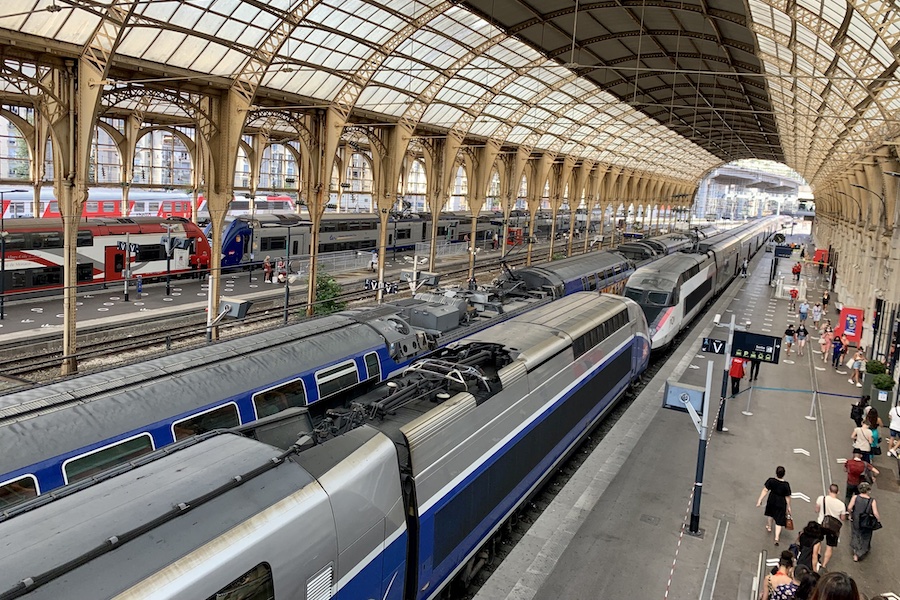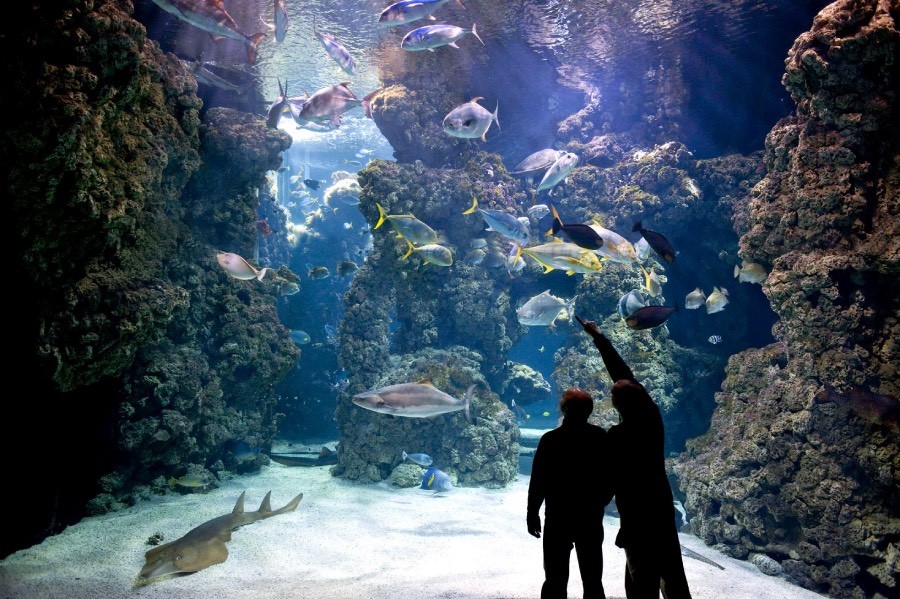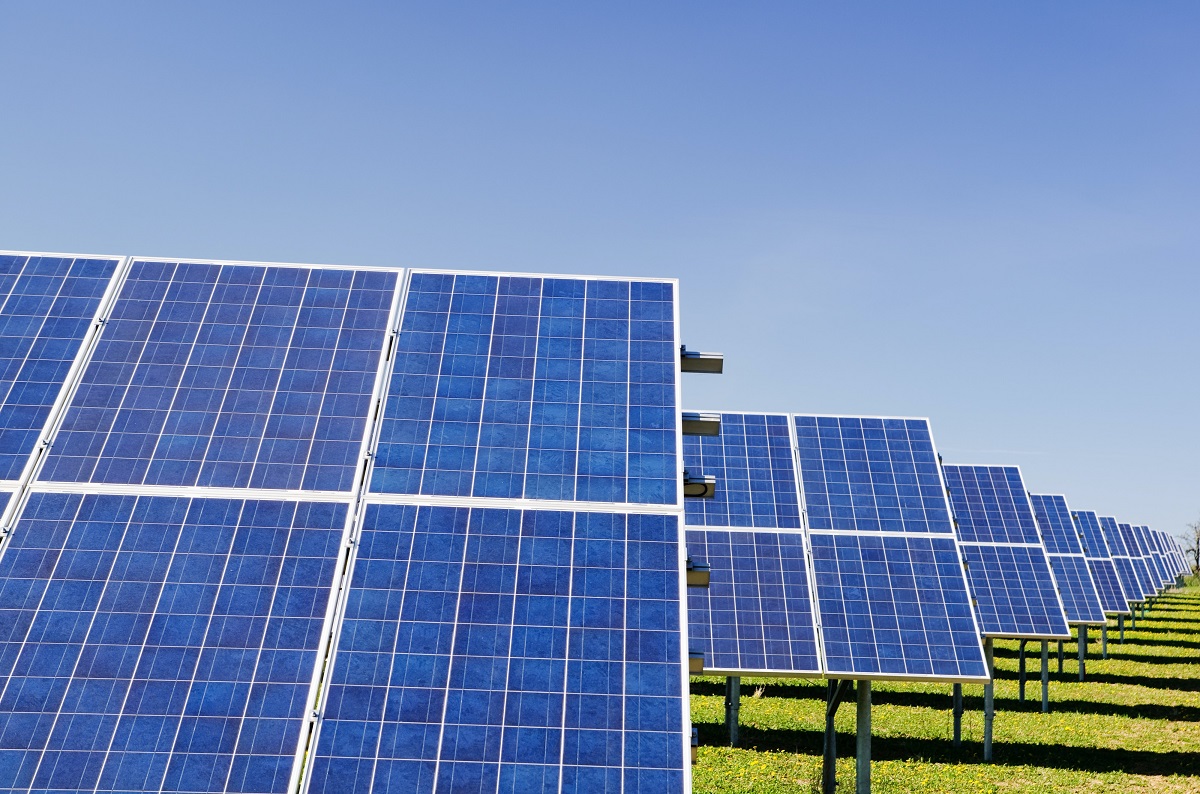The first ever comprehensive report on the impacts of plastic on human health at every stage of its life cycle has been revealed during Monaco Ocean Week. The next step: to put a global cap on plastic production.
The Minderoo-Monaco Commission, made up of world-leading researchers in the fields of healthcare, the ocean and the environment, have collaborated to present the most detailed analysis of its kind ever seen.
The overwhelming conclusion is that plastic causes premature death at every stage of its life cycle, from production to use and disposal.
“99% of plastics are made from fossil fuels – coal, oil and gas – which I don’t think most people realise,” Professor Phillip Landrigan, Director of the Global Observatory on Planetary Health at Boston College, tells Monaco Life.
“When we did this analysis, we looked at the health hazards of plastic, starting with the extraction of the fossil fuels, the conversion of the fossil fuels into plastic, which uses very complicated chemical processes, the use of plastic and then ultimately its disposal as plastic waste. There are health hazards at every stage of that progression and we try to trace them out, and that’s what’s really unique about this report.”
Plastic production
Current figures show that 10,500 chemicals are used to make plastic today, while a third of all plastic produced each year is single use. Looking to the future, the largest increases in plastic usage is anticipated in the emerging economies of sub-Saharan Africa and Asia. As a result, there could be as much as 256 mega tonnes of mismanaged waste by 2060, a fact that paints a terrifying picture.
Recycling is not the only answer
Despite popular belief, only 9% of plastic waste is recycled today. But even that comes with mortal danger to human health. Chemical additives in plastics can be released during the recycling and recovery processes, and leach out of products made from recycled plastics. In fact, more dangerous chemicals are found in recycled plastics than “virgin” plastics.
“Most people are very conscientious about recycling, we’re accustomed to doing it. But unlike glass and aluminium, for example, which has a recycling rate of around 85%, only 9% of plastic is recycled,” explains Prof. Landrigan. “It’s because the recycling organisations can’t do anything with it. There are many different types of plastic and it’s impossible to sort them, but an even larger problem is that plastics are made of more than 10,000 chemicals – some cause cancer, some can cause birth defects in babies, some can cause brain damage and disrupt the functioning of the endocrine system – and because plastic waste contains all of these nasty materials, you can’t just recycle it and then put it back into food packaging, clothing or a child’s toy.”
Plastic leakage
While plastic waste is easily identifiable in the environment, plastic leakage is less so. The report found that plastic leakage occurs at every stage of its life cycle. During production, plastic resin pellets and powders are unintentionally released into the environment during manufacture, transport, loading, storage, use and recycling.
While in use, macro- and microplastics leak into the environment primarily through road transport, paint and litter.
At the disposal stage, plastics leak into the environment in a number of ways, including incineration, wastewater sludge, uncontrolled landfill dumps and mechanical recycling.
Impact on oceans
The presence of plastics in the ocean and their impact have been documented for decades, with estimates of around nine to 23 mega tonnes of plastics being dumped in the ocean each year. It’s a shocking statistic when you consider that a plastic bag, for example, can take up to 2,500 years to break down, and PVC pipes 500 years.
Meanwhile, microplastics have been found in over 1,200 marine species, including seafood species consumed by humans.
Yet despite a significant head start, the Commission’s findings reveal a greater need for better measurement and monitoring of the effects of plastic chemicals on marine species, and the authors also uncover a major knowledge gap concerning the ingestion of micro- and nano-plastic particles (MNPs).
Dr Hervé Raps, Physician Delegate for Research at Centre Scientifique de Monaco, emphasises the need to fully understand the impacts of marine plastic pollution.
“Plastic waste endangers the ocean ecosystems upon which all humanity depends for food, oxygen, livelihood and well-being,” says Dr. Raps. “Despite evidence suggesting consumption of seafood is not a major pathway for transfer of plastic to humans, we are seeing an increase in macro and micro-plastic particles being identified in hundreds of marine species, including those consumed by humans. And alongside the new findings of this report, linking toxic chemicals to human harms, this is not the time to slow down our understanding of the ocean – the lungs of the Earth.”
Health impacts of plastic
For those involved in the production of plastic, the health impacts are numerous: lung cancer, brain cancer, breast cancer and decreased fertility, to name a few.
For the “fenceline communities” impacted by fracking, a controversial process of retrieving fossil fuels to make plastic, the health impacts include asthma, premature birth, cardiovascular disease and mental health problems.
For users of plastics, which is almost every human being on the planet, the leaching of chemical additives has been scientifically proven to cause neurological disorders, birth defects, cancer, renal disease, decreased fertility, obesity and many more.
The health costs of plastic
To measure the economic impact of plastics on human health, the commission partnered with economists and developed an estimate of costs. Among its conclusions: that deaths from exposure to plastics, its impact on IQ loss and intellectual ability, and the role it plays in causing heart disease and strokes, costs the United States government $920 billion a year. Due to a lack of quantifiable data, this figure doesn’t even take into consideration the ingestion of plastics through the food chain or the inhalation of plastic particles.
What does the Commission recommend?
Prof. Phillip Landrigan has spent a lifetime studying the effects of harmful chemicals on children’s brain development and neurological systems, and is particularly concerned about the lack of progress made by regulators.
“Very few details about the identity, chemical makeup and potential toxicity of plastic chemicals are disclosed by plastic producers, and in most countries, they are under no legal obligation to do so,” says Prof. Landgrigan.
The Minderoo-Monaco Commission is recommending the establishment of health-protective standards for plastic chemicals under the Global Plastics Treaty, requiring the testing of all polymers (the “backbones” of chemicals) and plastic chemicals for toxicity before entering markets, as well as post-market surveillance.
The Commission urges that a cap on global plastic production be a defining feature of the Global Plastics Treaty, and that the Treaty go far beyond marine litter to cover the entire life cycle of plastics.
Who is the Commission targeting with its report?
As well as informing policymakers, the Commission’s report is designed to educate physicians, nurses, public health workers and the global public about the full magnitude of plastics’ hazards, which put the disadvantaged and poor, as well as women and children, at particularly high risk.
“The aim of this report is to let the world know that plastic is a huge problem. For the last 50 years, we have viewed plastic as cheap and convenient. But what this report aims to do is say, hey, it’s not as cheap as you thought it was, there are great costs, and up until now they have been invisible. It’s our job to make these costs visible,” says Prof. Landrigan.
Monaco and Prince Albert leading the charge
As an expert consultant with the Scientific Centre of Monaco, Prof. Landrigan knows the lengths to which Prince Albert has gone to put the oceans, and ecosystems, on the international agenda. That is why the Commission chose Monaco Ocean Week to launch its report.
“Presenting this work at Monaco Ocean Week puts the power and the prestige of the State of Monaco behind the report,” concludes the professor. Monaco may be one of the world’s smallest states, but as Head of State, Prince Albert has the same stature as (US President) Joe Biden, (Russian President) Vladimir Putin and (French President) Emmanuel Macron. He sits at the UN, and when a head of state, even a small state, courageously stands up and says we need to do the right thing, that carries weight. There are many countries around the world who are going to follow Prince Albert’s lead and want to do the right thing.”
Listen to the full interview with Prof. Phillip Landrigan in our podcast…
Sign up for the Monaco Life newsletter. For the latest news, follow us on Facebook, Twitter, and Instagram.
SEE ALSO:
THE GREAT DETOX: EU TO BAN WIDELY USED CHEMICALS
MONACO PART OF LANDMARK ANTI PLASTIC POLLUTION RESOLUTION
Photo credit: Franki Chamaki on Unsplash








